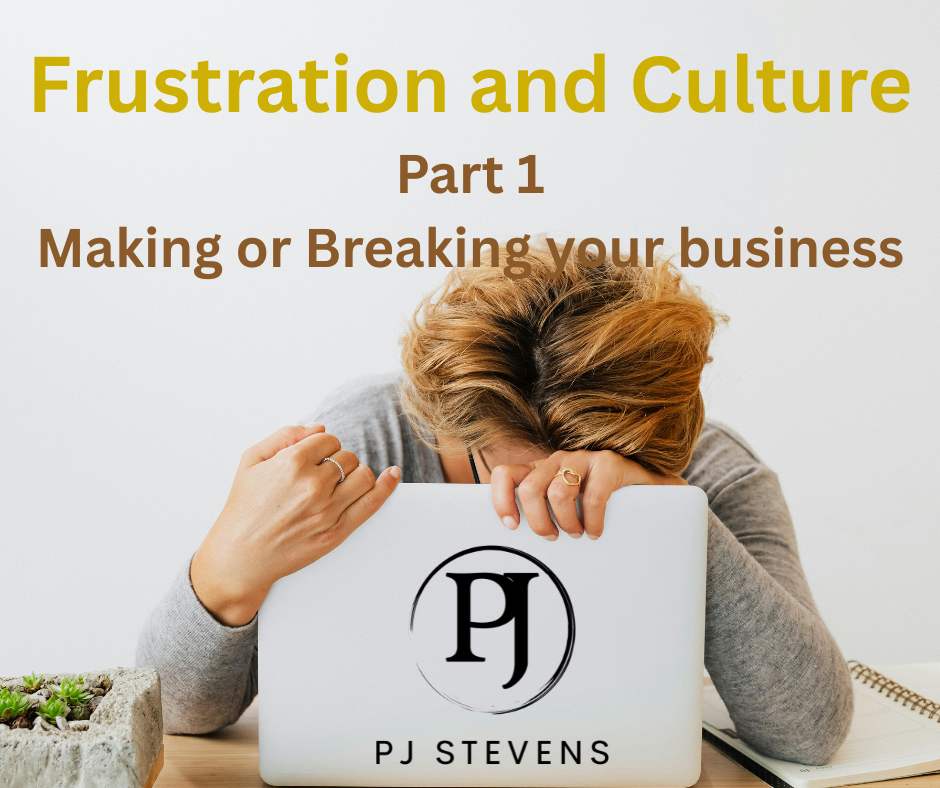Why Leading Business Change is Vital to Building Better Businesses
- PJ Stevens

- Apr 1
- 4 min read
Why leading business change is vital to building better businesses, networks & communities
There’s a simple truth in business that’s too often overlooked..... improvement is a form of change. And if we’re serious about building better businesses that serve not only shareholders, but also employees, customers, networks and communities, then we need to get serious about and invest in leading that change. It’s essential.
The UK, like many economies around the world, faces a series of well documented challenges. Productivity has flatlined, costs are rising and far too much potential lies untapped. But within the fabric of UK businesses exists an enormous wealth of potential, talent, creativity, ambition, innovation and drive. The question isn’t whether we have the capability to improve, it’s whether we’re willing to lead the necessary changes to unlock that capability, for good.
At the heart of this lies leadership. Leadership that is bold, clear and committed to creating a culture where improvement is part of the everyday, not a one-off event. So where should we focus our efforts if we want to build better businesses this year?
First, leaders must lead with clarity. One of the biggest reasons business change efforts fail is because the direction is foggy and people are unsure of what success looks like. Employees resist change when they can’t see where it’s heading, why it matters, what’s expected of them or how it will improve their working lives. Effective leaders cut through that noise, and they paint a clear, compelling picture of what ‘better’ means in practical terms. Whether it’s improving productivity, simplifying processes or lifting customer service standards, clarity helps align everyone. It’s not enough to throw around buzzwords and hope for the best, people need to understand, in real human terms, how change will benefit them, the business and the broader community.
Next - and this for me is an criminal waste - we need to stop underestimating the talent, knowledge, skills and potential we already have within our businesses. Too many leaders default to top-down approaches when, in fact, the people closest to the processes, problems, opportunities and customers often hold the best ideas for how to improve things. Tapping into this wealth of insight requires leaders to create environments where people feel safe, valued and genuinely listened to. Too many valuable ideas die in a culture where employees feel ignored or where 'that’s just the way it’s always been done' reigns supreme. If we want better businesses, leaders need to actively involve people at every level, encouraging feedback, empowering decision making, and rewarding experimentation and contributions.
Another vital piece of the puzzle is culture. Every business has a culture whether it’s intentional or not. And culture is often the invisible hand that either enables or blocks change. A high performance, improvement-driven culture doesn’t happen by accident. It is shaped daily, through leadership behaviour, team dynamics, strategy and the ways people communicate and collaborate. Businesses serious about change need to build cultures where trust, ownership and accountability are the norm. It’s not about posters on the wall or annual surveys, it’s about fostering an environment where people feel part of something meaningful, where positive effort is recognised and where learning and adaptation are continuous.
In addition, we need to be ruthless about identifying and reducing the losses, waste and complexity that bog down progress. Growth often gets the spotlight, but it’s equally important to shine a light on the areas where businesses are leaking time, money and resources. Outdated processes, unnecessary bureaucracy or poorly integrated systems can cost more than most leaders realise. Instead of allowing inefficiencies to become entrenched, smart leaders regularly challenge how things are done, asking where processes could be simplified, where duplication could be eliminated, and where emerging technology could take the load. Cutting waste isn’t about cutting corners, far from it, it’s about creating leaner, sharper more focused businesses.
Finally, it’s impossible to lead meaningful change without clear, consistent measurement. Too often, businesses are drowning in KPIs, many of which don’t align or give a true picture of whether real improvement is happening. Leaders should refocus attention on what really matters, such as are people engaged and thriving? Are processes becoming more efficient and productive? Are improvement efforts delivering tangible results? Tracking progress, productivity, and engagement — and being willing to adapt based on what the data shows — is how businesses stay agile and avoid stagnation.
Ultimately, better businesses benefit everyone, from staff, customers and communities, to shareholders, VCs and government . Better businesses are more productive, more efficient and more capable of delivering value not only to shareholders but to society at large. They attract and retain talent, strengthen local economies and build more resilient networks and communities.
As we look at the challenges facing the UK, in particular, today, the role of business leadership has never been more critical. We need leaders who are ready to roll up their sleeves and drive the changes needed to improve, adapt, simplify and empower. Leadership that doesn’t settle for 'good enough' but is constantly asking 'how can we do better'?
If we can lead business change in the right way, tapping into the wealth of talent already within our organisations, we can significantly improve productivity, reduce costs and waste, and build stronger, more sustainable businesses. Better businesses make great sense for us all — from staff and stakeholders to networks, communities, and governments alike.
Article blog by PJ Stevens, Leading Business Change expert, speaker, coach and consultant. Call or email for free 20 minute conversation, or have a look at our quick free Checklist for Leaders Driving Business Change - link here to page on this website





Comments